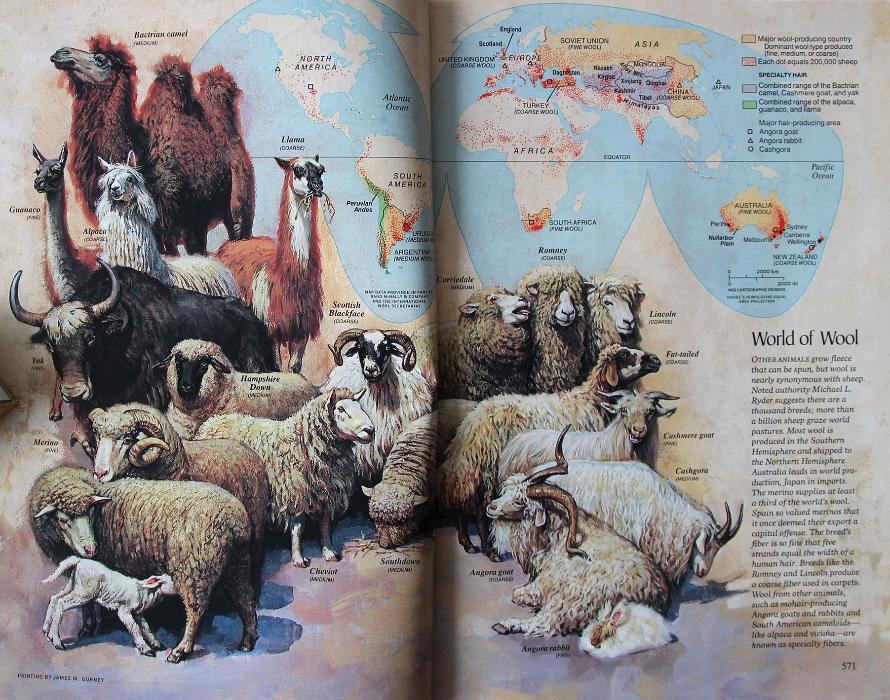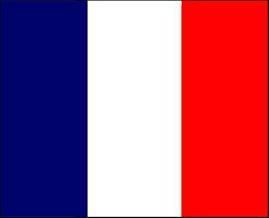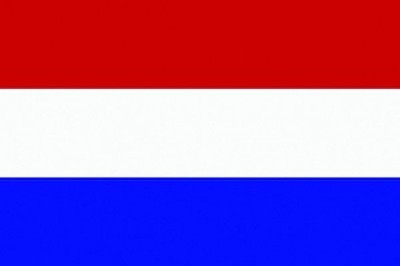Human activities with regard to animals and their implications (and why we should stop them)
(Intensive) Animal farming (Mammals, Birds and Reptiles) for their skin (leather), fur, wool, down (goose feathers), silk, etc.
Wool
"Hi, nice to see you. Won't be long. Just take a seat. Would you like something to drink while you're waiting? Latté. OK. I'll be back in a minute." This might resemble what happens to you just before you get your hair cut. It's not the same for sheep: you have a choice whether you come back to the salon, the sheep (if they survive) don't.
Sheep shearers are paid by the number of sheep they shear, not by the state that they leave the sheep in. Instead of a comfy chair after a nice warm hair wash with a bit of scalp massage thrown in, sheep are often wrestled to the ground, pinned to the floor and sheared whilst they desperately struggle to escape. Hidden camera footage shows frustrated shearers losing their temper and beating, punching, kicking or choking sheep. Through hurried and careless shearing without any regard for their welfare, sheep often suffer cuts to their ears, teats and tails which are mostly left untreated. Certainly no pain relief is given. If the shearer causes a major wound, it is most likely to be stitched up by the shearer himself, again with no pain relief and probably no further treatment.
It's not only at the shearing stage that sheep may suffer: lambs have their ears pierced for tags, may have their tails cut and be castrated if they are rams not needed for breeding purposes. It goes without saying that none of these procedures are carried out under anaesthetic. And when the adult sheep are no longer wanted for their wool, they aren't pensioned off: they're sent to slaughter houses for their meat. In the case of Australian sheep, this could involve a long journey by ship to the Middle East where they will have their throats cut without stunning.
And as with any form of raising livestock, there is environmental damage. Overstocking leads to depletion of the land which causes desertification. Sheep are ruminants so they produce about 10kg of methane per head per year http://file.scirp.org/pdf/JEP_2014112614380312.pdf. Methane is a very powerful greenhouse gas, about 75 times more powerful than carbon dioxide, so one sheep's emissions is the equivalent of burning about 300 litres of petrol: enough to drive a couple of thousand miles! In addition their excrement can contaminate water sources, just like the toxic chemicals that they are dipped in to protect them from parasites.

Wearing wool is not necessary: synthetic alternatives can replace it very well in most applications. So for less animal suffering and a cleaner environment, stay well away from wool.

Photo : National Geographic of May 1988
Next page :
- (Intensive) Animal farming and slaughter for meat/organs and other animal products like dairy products and eggs
- (Intensive) Animal farming (Mammals, Birds and Reptiles) for their skin (leather) and fur
- (Intensive) Animal farming for wool
- (Intensive) Goose farming for down
- Fishing and fish farming
- Circuses, Zoos and Marine Parks
- Animal testing and animals used in medical or veterinary universities
- Hunting, canned hunting and trophy hunting
- (Cruel) Animal Sports like bullfighting and other fiestas, cockfighting, horse racing, greyhound racing, sled dogs racing, pigeon racing, pig wrestling, rodeos etc.
- Pets
- Horse and pony riding
- Animals in films
- Zoophilia
- Anti-speciesism and climate change
- What can you do?

